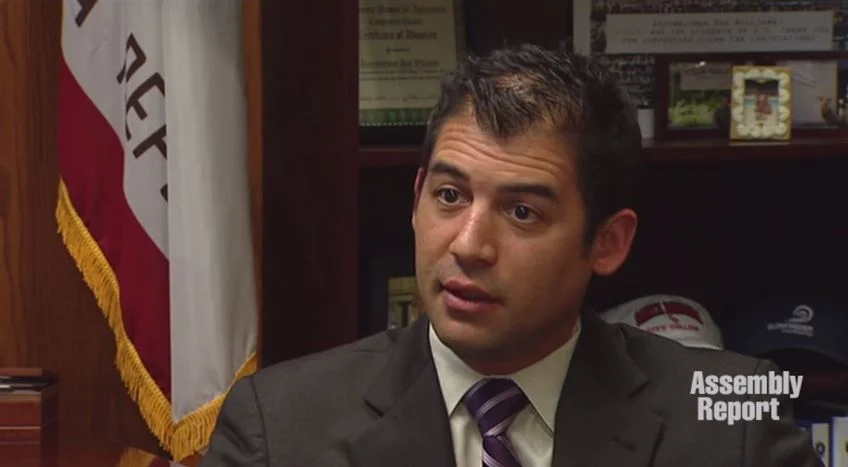Alternative Daily Cover
Let's face it: landfills stink.
That's why, at the end of every day, landfill operators are required to cover their landfills and prevent odors and potentially harmful gases from wafting into nearby communities and environments. This practice also helps prevent rats, birds and other scavengers from spreading harmful bacteria. Traditionally, the material used to cover landfills has been nearby sources of dirt. In recent years, however, landfill operators have begun to cover their landfills with green waste, tarps and other recyclable materials, and counting those materials as having been recycled to meet requirements under state law.
This is why Californians Against Waste sponsored AB 1594 (Williams), which will put an end to counting greenwaste used as landfill cover toward a local jurisdiction's recycling requirements. In this Assembly Report, Assemblymember Das Williams explains how landfilling green waste can be harmful to the environment. "We should be composting that waste, because when any kind of yard waste, food waste, organic waste is put into the landfill, that becomes the very potent greenhouse gas pollutant methane. And that is the largest contributor to methane emissions from human made sources in the state."
Californians Against Waste alum Scott Smithline explained to KGO-TV that, "Under California's waste reduction and recycling laws, local jurisdictions are responsible for diverting 50 percent of their waste from the landfill. Well, this is a very cheap way to get that recycling or diversion credit."
The initial rationale for using green waste as landfill cover was to create an incentive for collecting green waste when markets for green waste composting remained uncertain. However, today the composting infrastructure has matured, and using green waste as landfill cover threatens growth of this critical industry in California.
The use of green waste landfill cover increased from 1.9 million tons in 2001 to 2.4 million tons in 2003. During the same period compost production in California decreased almost 30 percent. A recent study on compost markets commissioned by the California Integrated Waste Management Board (now CalRecycle) reported that 46% of the state's collected green waste went to landfill cover, while only 16% was composted. The report also concluded that "ADC (landfill cover) use continues to rise and undoubtedly is having an effect on the viability of the compost market."
If nearby materials like soil are unavailable, using alternative daily cover can be appropriate. However, the actual composting or recycling of these materials provides far greater environmental benefit, and they should not be counted toward recycling goals when used as alternative daily cover.


